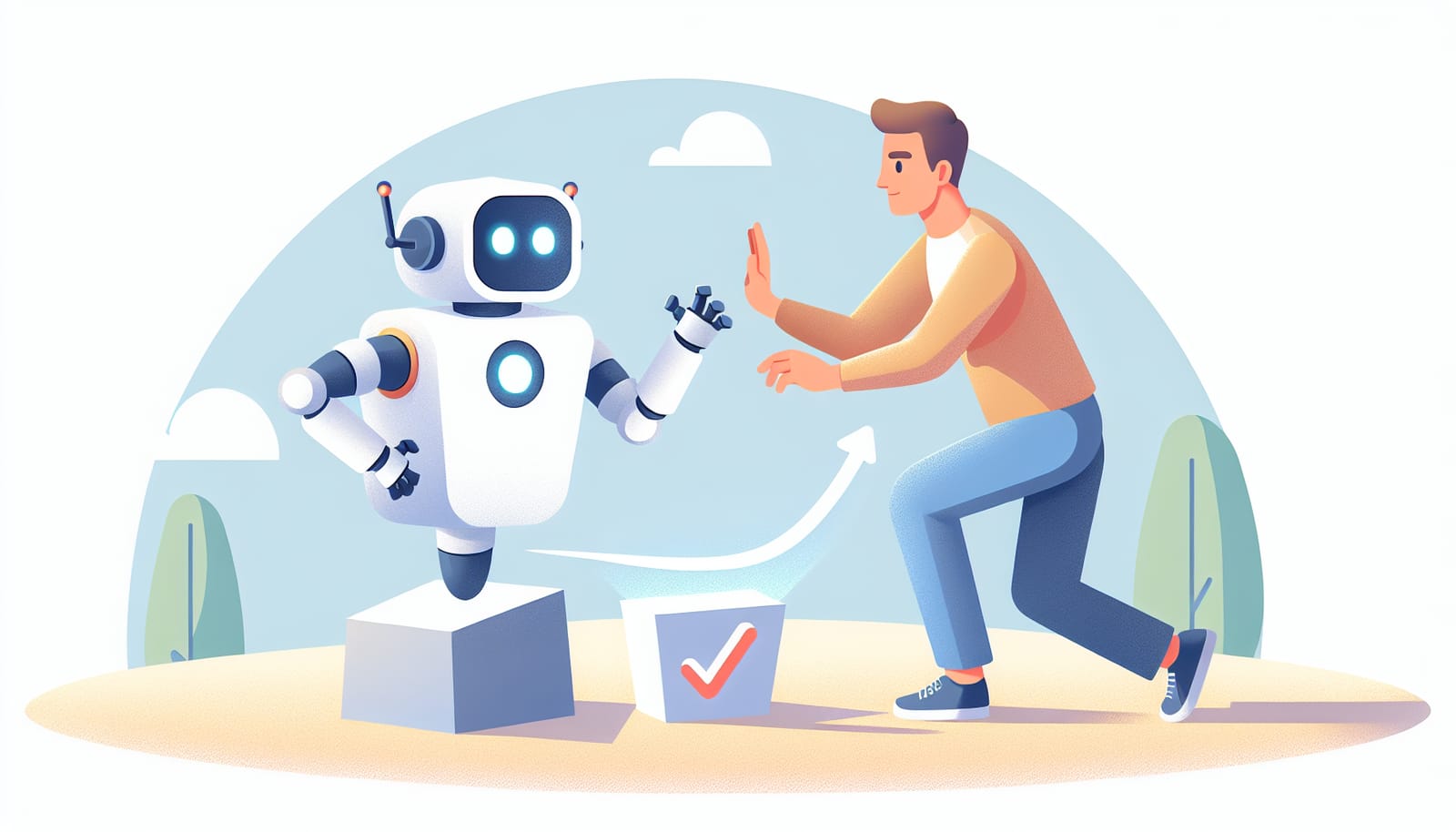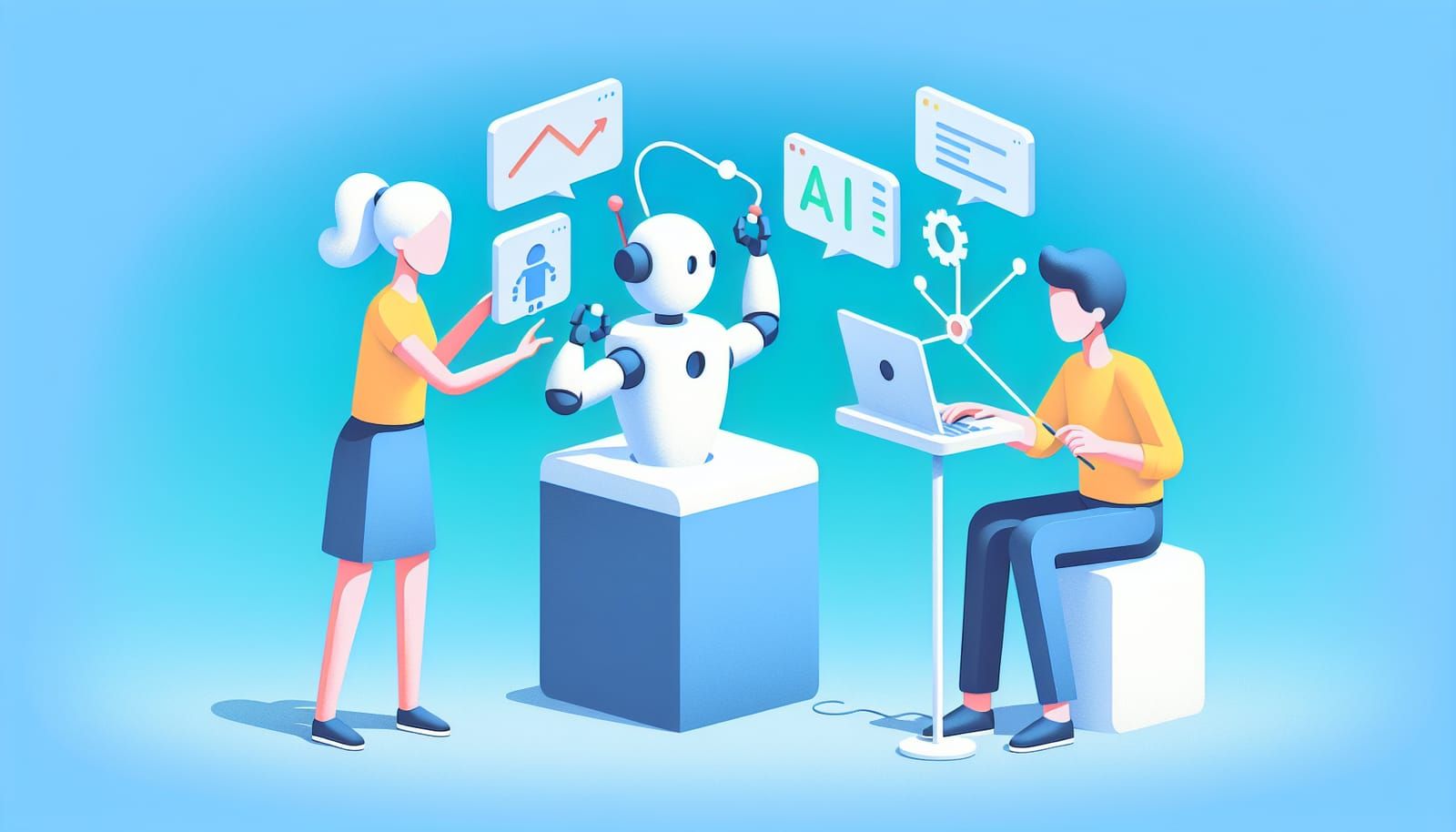Robots That Feel: A New Way for Machines to Understand Objects
Imagine if robots could identify objects just by picking them up and giving them a shake, much like how you might guess the contents of a box without looking inside. This remarkable capability is no longer just an idea from science fiction. Researchers from MIT, Amazon Robotics, and the University of British Columbia have developed a groundbreaking technique that allows robots to understand the properties of objects they handle, using only their internal sensors. Let’s dive into how this technology works and the exciting possibilities it holds for the future!
The Power of Touch: How Robots Learn
Just as humans can sense the weight of an object through their muscles and joints, robots can do something similar using their internal sensors. This ability is known as proprioception. When a human lifts a dumbbell, for instance, they can feel its weight in their wrist and bicep, even without looking. In a similar vein, robots can "feel" the heaviness of an object through the joints in their robotic arms.
The researchers have created a system that collects data from the robot’s joint encoders—sensors that track the position and movement of the robot's joints. This makes their technique not only innovative but also cost-effective. Unlike traditional robotic systems that may rely on expensive external sensors or cameras, this new method uses the robot's existing components to gather the necessary information.
A Unique Approach: Simulating the Interaction
At the heart of this technology is a clever simulation process that models both the robot and the object it interacts with. By creating a digital twin of the real-world scenario, the system can rapidly determine the characteristics of the object based on how the robot interacts with it.
This method incorporates two crucial models: one that simulates the robot’s movements and another that models the dynamics of the object being handled. When the robot lifts an object, the system collects data on how the object moves and behaves. For example, if the robot is lifting a heavier object, it will move slower compared to a lighter one when applying the same force. This data helps the algorithm deduce the object's properties, such as its weight or softness, in just a few seconds!
The Role of Differentiable Simulation
A key feature of this technique is the use of differentiable simulations. This approach allows the system to predict how changes in an object's properties, like mass or softness, affect the robot's movements. The researchers built these simulations using NVIDIA’s Warp library, which supports the development of differentiable simulations.
Once the simulation aligns with the robot's real movements, the system can accurately identify the object's properties. This remarkable ability means that robots can learn about their environment without needing extensive datasets or external sensors. This makes them more adaptable and capable of functioning in various environments, including those that might be dark or cluttered.
Beyond Just Weight: Exploring New Possibilities
While the researchers have demonstrated the ability to determine the mass and softness of objects, the potential applications of this technology extend far beyond these basic properties. For instance, the technique could also assess the moment of inertia—a measure of how difficult it is to change an object's rotation—or even the viscosity of liquids inside a container.
This flexibility opens the door to exciting future developments. The researchers envision a time when robots can combine this method with computer vision, enhancing their ability to understand and interact with the world around them. By integrating both techniques, robots could become even more proficient in performing complex tasks, making them invaluable in various industries.
The Quest for More Advanced Robots
The researchers are not stopping here. They plan to explore applications with more sophisticated robotic systems, including soft robots that can adapt to their surroundings and handle more complex objects, like sloshing liquids or loose materials like sand. The long-term goal is to enhance robot learning, allowing robots to quickly develop new manipulation skills and adapt seamlessly to changes in their environment.
Peter Yichen Chen, a lead author of the study, expressed his enthusiasm about the future of robotics, stating, “This idea is general, and I believe we are just scratching the surface of what a robot can learn in this way.” His vision of robots that can explore the world, touch objects, and learn about their properties independently is an exciting prospect for the future.
The Implications of This Research
This research holds significant implications for various fields. For instance, in disaster recovery scenarios, robots equipped with this technology could assist in searching through rubble and debris without relying on external cameras or sensors. This capability could be crucial in situations where visibility is limited, such as in dark basements or areas affected by natural disasters.
Miles Macklin, a senior director of simulation technology at NVIDIA, emphasized the importance of this research, stating that it demonstrates how robots can accurately infer properties using only their internal sensors. This advancement could lead to a new era of robotics, where machines are not only more efficient but also more capable of understanding and interacting with the world around them.
Conclusion: A Future Full of Possibilities
As we look ahead, the advancements in robotic technology promise to reshape how we interact with machines. The ability for robots to identify and understand objects based on touch and movement opens up a world of possibilities. From aiding in disaster recovery to revolutionizing manufacturing processes, the potential applications are vast and varied.
With continued research and development, we may soon see robots that can learn and adapt to their environments in ways we never thought possible. The future is bright, and as we continue to explore the capabilities of AI and robotics, we are sure to witness some truly amazing innovations.
So, the next time you think about robots, remember that they are not just machines—they are becoming intelligent, adaptable companions that can learn and understand our world in ways that are both exciting and inspiring. Who knows what they will be able to do next? The only limit is our imagination!


